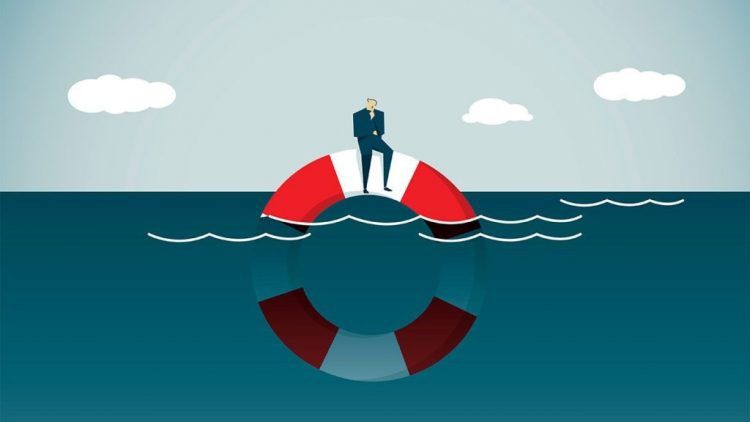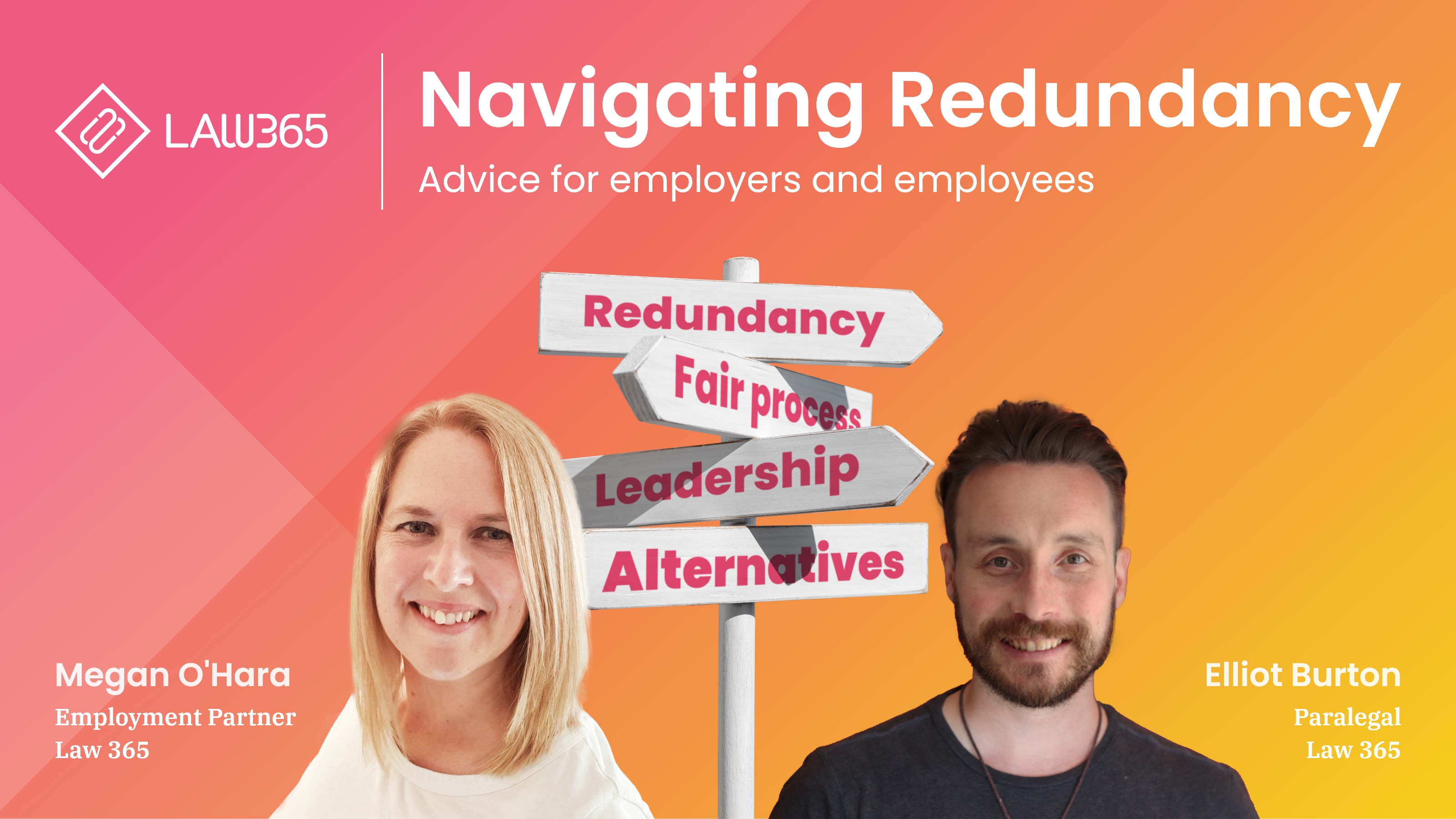If a Company Goes Bust Who Pays Redundancy? Lawful Insights for UK Worker
If a Company Goes Bust Who Pays Redundancy? Lawful Insights for UK Worker
Blog Article
Discovering the Operational Dynamics of Business Redundancy and Its Long-Term Sustainability

Redundancy Approaches for Business Continuity
In order to make certain undisturbed procedures, services have to carry out efficient redundancy strategies for service continuity. Redundancy in this context describes the duplication of vital components or features within a system to reduce the influence of potential failings. By including redundancy approaches, companies can improve their resilience versus interruptions triggered by numerous aspects such as all-natural disasters, devices failings, or cyber-attacks.
One common redundancy method is the implementation of backup systems and data storage remedies. This includes creating matches of essential information and systems that can be turned on in case of a key system failing. Additionally, organizations can develop repetitive interaction channels and source of power to keep connectivity and procedures during unexpected occasions.
Additionally, cross-training workers to carry out numerous duties within the company can work as a beneficial redundancy technique. This makes certain that essential tasks can still be accomplished also if essential personnel are unavailable as a result of ailment or other factors. Overall, effective redundancy strategies are necessary for companies to support operational continuity and minimize the effect of potential interruptions.
Influence of Redundancy on Organizational Resilience
Offered the essential duty redundancy approaches play in ensuring service continuity, checking out the impact of redundancy on business durability becomes crucial for understanding the holistic functional dynamics of a business. Organizational durability describes an entity's ability to adapt to interruptions, recoup from setbacks, and change when needed while preserving core features. Redundancy, when strategically executed, can considerably contribute to improving a company's durability when faced with unanticipated difficulties. By having backup systems, workers, or processes in position, companies can better withstand shocks and proceed operations with very little disturbance.
In addition, redundancy can cultivate technology and imagination within an organization as employees feel empowered to take computed dangers, understanding that there is a safety and security web to sustain them in instance of failure. Generally, the impact of redundancy on organizational durability is extensive, forming the long-term sustainability and success of a firm.
Balancing Performance and Adaptability in Redundancy
Accomplishing a harmonious equilibrium between functional efficiency and flexible versatility is a pivotal difficulty in the calculated implementation of redundancy within organizations. As well much versatility without a solid operational structure can result in inadequacies and disparity.
To balance efficiency and versatility in redundancy planning, organizations need to carefully examine their functional requirements, market dynamics, and strategic objectives. Eventually, locating the appropriate balance in between effectiveness and versatility is critical for building a durable and sustainable company in the face of uncertainty.
Long-Term Sustainability With Redundancy Preparation
To make certain enduring stability and stability, companies should purposefully align their redundancy planning with long-term sustainability goals, thus balancing functional effectiveness with adaptive flexibility. Firms need to view redundancy not as a reactive remedy to instant troubles but as a positive approach for long-lasting success.

Positive Procedures for Lasting Company Workflow
Just how can business proactively improve their operational sustainability for long-lasting success? Executing proactive steps is vital for firms intending to make sure sustainable operations. One key approach is to buy technology and development to simplify processes, decrease look what i found waste, and stay competitive on click for source the market. Taking on lasting methods such as minimizing energy consumption, reducing carbon impact, and maximizing resource application can not only benefit the environment yet also result in set you back financial savings over time.
Additionally, fostering a society of continuous renovation and learning within the company can enhance flexibility to changing market problems and customer needs. Urging employee participation in decision-making procedures and offering possibilities for professional growth can boost spirits, productivity, and general performance. Developing clear goals, monitoring crucial efficiency indicators, and frequently examining progression are vital parts of positive sustainability administration.
Teaming up with providers, customers, and various other stakeholders to advertise lasting techniques throughout the supply chain can create a ripple result of favorable effect - redundancy pay if company goes bust. By taking proactive steps towards functional sustainability, business can construct durability, drive development, and safeguard their long-term success in an ever-evolving business landscape
Conclusion

In the realm of business monitoring, the calculated release of company redundancy stands as an essential yet intricate technique that demands a fragile equilibrium in between operational performance and long-term feasibility. By exploring the functional dynamics that underpin business redundancy and assessing its broader implications for business resilience and flexibility, a nuanced understanding of just how redundancy methods can shape the future trajectory of a company begins to unravel.Offered the vital duty redundancy approaches play in ensuring service continuity, exploring the impact of redundancy on business strength ends up being necessary look what i found for comprehending the holistic functional characteristics of a company. In general, the impact of redundancy on business strength is profound, forming the lasting sustainability and success of a firm.
In conclusion, recognizing the functional characteristics of company redundancy is vital for ensuring long-term sustainability.
Report this page